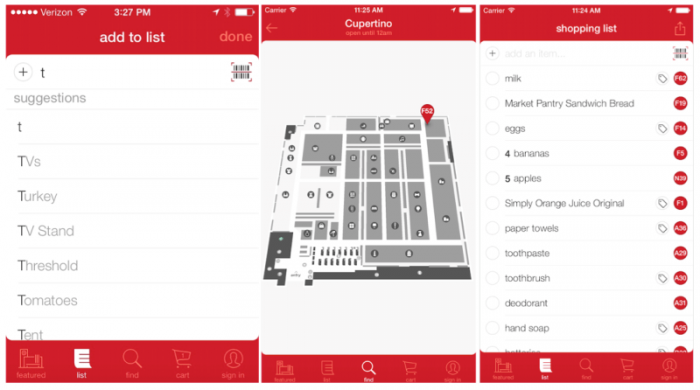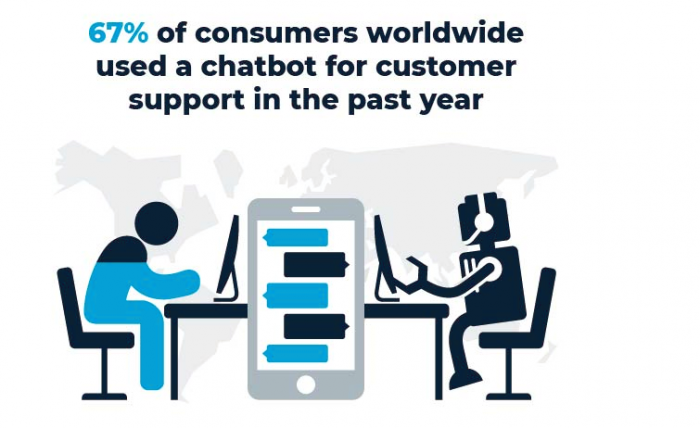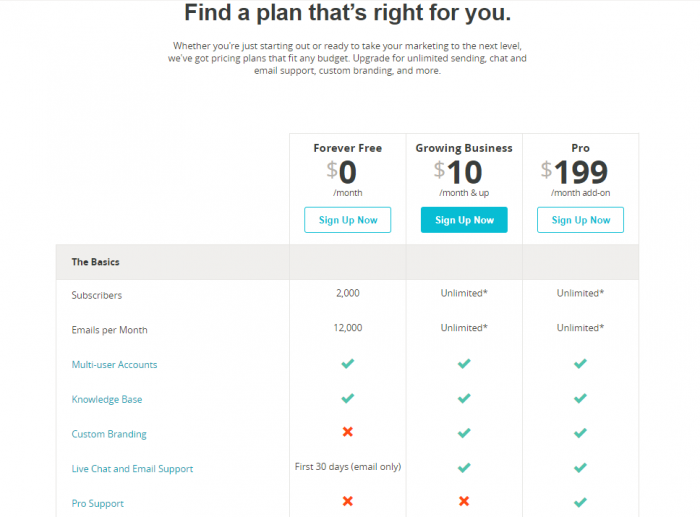The last few years have seen retailers around the world scramble for dear life with the looming threat of Amazon on the horizon. Brick and mortar retailers cry that their traffic has dropped thanks to ecommerce, while ecommerce sites complain that Amazon chomps away the lion’s share of online sales. While there may be some truth in those statements, it’s equally true that there are enough examples of retailers that have thrived both online and offline despite Amazon breathing down their necks.
So what are these retailers doing differently? How are they getting customers to splurge over and over again, while others struggle to keep their doors open? Here are some secrets.
Keep It Simple, Silly!
A motto of designers everywhere, the KISS principle or “Keep It Simple, Silly” was first adopted by the US Navy in the 1960’s while designing fighter jets. Engineers had discovered that things perform better when they are simple to understand and operate.
While retailers are not exactly selling fighter planes, the concept of KISS remains valid in every aspect of the customer’s experience.
An intuitive, simplified store layout helps customers find the things they want faster, sometimes even stumble upon complementary items that they didn’t originally plan on buying. For example, if your men’s fashion section is adjacent to the grooming section, chances are a customer who came in to buy a shirt might also pick up a razor on the way out.
Many stores like Target and Meijer have an in-store product locator feature on their apps that shows users the exact location of a particular product inside the store, reducing the effort on part of the shopper.
This same rule of easy navigation works for ecommerce sites as well. Use breadcrumbs navigation to help users go between sections easily. To make things even easier, invest in a good site search option with auto suggestions, so users can simply search for the item they have in mind, instead of hunting it down from page to page.
Self Service is the Best Service
I can bet my last dollar that regardless of the level of detail you put into instructions for someone else to complete a task, doing the same task yourself is faster, less error-prone and easier on your nerves.
No, this is not the control freak in me speaking (OK, maybe a little bit). Data supports this claim – 66% of shoppers prefer self-service in stores over standing in queues at the checkout register waiting for the cashier to check them out.
Besides shorter lines, another benefit of the self-checkout feature in stores is that it leaves customers feeling more in control of their shopping experience. There is also a perceived efficiency in customers’ minds, even though in some cases self-checkouts take longer to complete than an experienced cashier checking out items at the register.
This self-service mentality not only saves time for the customer, it also reduces staff requirements at stores, hence lowering costs for the seller as well.
Customer service is another area that self-service works great. Investing in options like artificial intelligence powered chatbots helps users get answers to simple, and frequently asked questions without any human intervention.
Online Learning Platforms to the Rescue
Don’t have the budget for fancy AI chatbots? You can still empower customers to fix their own problems with the help of online learning platforms. Invest in a simpler e-learning option that allows users to help themselves by watching a demo video or a step-by-step online tutorial.
A detailed FAQs section that tackles common problems is always a safe bet. Need something that’s more interactive than an FAQs page? How about setting up webinars or e-learning modules that showcase your products and services effectively to both new and returning users?
Need something that’s more interactive than an FAQ page? How about setting up webinars or e-learning modules that showcase your products and services effectively to both new and returning users? Accounting software provider Freshbooks does exactly this.

Make Customers’ Preferred Channels Shoppable
As a corollary to the very first point on this list, don’t make your customer work hard to shop with you! If you expect shoppers to come in and shop over and over again, it’s your job to make sure that the path to reach your stores goes by their house.
In other words, be where your shoppers are. If your target audience spends the bulk of their time on Pinterest, set up Buyable Pins. If they are inveterate gaming buffs, invest in shopping options embedded into video games. Die-hard messaging fans can be targeted with chatbots on messenger apps like Facebook Messenger.

A survey by Statista revealed that 47% of US shoppers have shopped via social media – and that number is only set to increase over the next few years.
Smart Pricing Strategies
Pricing is a key lever in a marketer’s tool box. The right type of pricing strategy can influence shoppers to buy more, both online and in stores.
Setting up sandwiched offers is a time tested technique that SaaS platforms (who have quite a few pricing tricks up their sleeve) around the world have been using for a while now.
Notice, how by highlighting the middle plan (the plan they want you to buy!) with a filled in button, MailChimp manages to draw the eye to the plan it is pushing for you to buy.
Offering a discount to customers who buy a certain number of items or a certain quantity by weight is another way of increasing the basket size (average order value; AOV) and thus overall revenue per customer. When nothing else works, discount coupons that shoppers can redeem against their next purchase makes sure they come back again. Notifications and email reminders make redemption and management of digital coupons that bit easier compared to their physical counterparts.
In Closing
No matter how awesome you think your product or service maybe, what truly matters to your cash register is what your customers think of it. By making life easier for users, you’re not just telling them how much you value them; you’re also paving the way for them to shop with you more as well as more often. So what are you waiting for? Simplify away!







